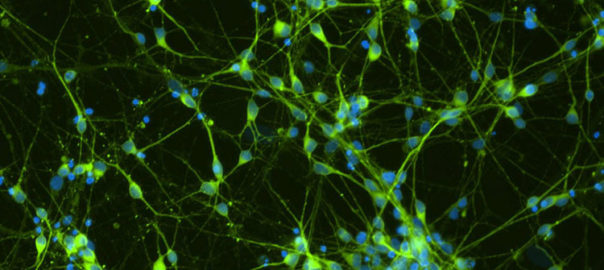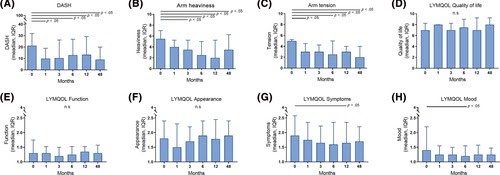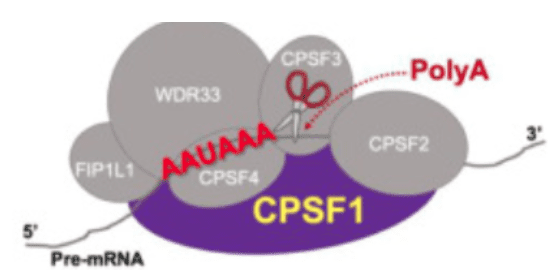By:Shamim Gol Main Ideas/Background Multiple sclerosis is an autoimmune inflammatory disease that affects the CNS (central nervous system) of over 2.5 million people over the world. During the disease process, the individual’s own immune system attacks the oligodendrocytes present in the CNS. Oligodendrocytes are responsible for myelinating the neurons present in the CNS and when […]








